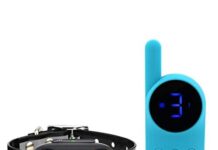If you’ve ever found yourself standing in the pet store, surrounded by various dog harnesses, feeling lost and unsure which size to choose, you’re not alone. We’ve all been there.
Ensuring that you have the right fit for your furry friend is crucial for their comfort and safety. In this article, we will guide you through the process of measuring your dog for a harness, providing you with the knowledge and confidence to make the right choice for your canine companion. So, let’s get started and find the perfect fit for your pup!
This image is the property of i.shgcdn.com.
Why Measure Your Dog for a Harness?
Ensuring Proper Fit
Measuring your dog for a harness is essential to ensure you choose the right size and style to provide a proper fit. Dogs come in various shapes and sizes, and a harness that is too tight or too loose can be uncomfortable for them to wear. By taking accurate measurements, you can ensure the harness fits your dog correctly and does not cause discomfort or restrictions.
Comfort and Safety
A properly fitting harness ensures comfort for your dog and promotes their safety. Unlike collars, which put pressure on the neck, a harness distributes the force evenly across the chest and back. This is especially beneficial for dogs with respiratory issues or those prone to pulling on the leash. You can choose a size and style by measuring your dog for a harness to provide maximum comfort and prevent potential injuries or strain.
Choosing the Right Harness
Various types and styles of harnesses are available on the market, each designed for different purposes. Whether you’re looking for a walking, training, or support harness, measuring your dog is crucial to choosing the right one. By measuring your dog’s neck, chest, back, circumference, and other specific measurements, you can narrow down your options and select a harness that meets your dog’s needs.
Tools Needed
Before you start measuring your dog, make sure you have the following tools ready:
Measuring Tape
A flexible measuring tape is essential for accurately measuring your dog’s dimensions. Choose a tape with clear markings long enough to measure various parts of your dog’s body.
Pen and Paper
Have a pen and paper handy to keep track of your dog’s measurements. Jotting down the measurements will help you in the process of selecting the proper size harness.
Measuring Your Dog’s Neck
Determining Neck Width
Start by measuring your dog’s neck width. This measurement will help you choose the harness that won’t be too tight or loose around your dog’s neck. Place the measuring tape around the widest part of your dog’s neck, typically just above the shoulders, and note down the measurement.
Measuring Neck Circumference
Next, measure the circumference of your dog’s neck. Wrap the measuring tape around their neck, just below the ears, and around the area where the collar would rest. Make sure not to pull too tightly or leave any gaps. Record the measurement for reference.
Measuring Your Dog’s Chest
Finding Chest Width
To measure your dog’s chest width, have them stand up straight. Place the measuring tape across the widest part of their chest, usually behind the front legs. Please take note of this measurement, as it will help you determine the suitable chest size for the harness.
Measuring Chest Circumference
Measure the circumference of your dog’s chest by wrapping the measuring tape around their chest just behind the front legs. Ensure the tape is snug but not too tight. Please write down this measurement, as it will be crucial in determining the correct size harness.
This image is the property of cdn.shopify.com.
Measuring Your Dog’s Back
Determining Back Length
To find the correct size harness length, measure the distance from the base of your dog’s neck to the base of their tail. This measurement will help you choose a harness that covers the necessary area and does not cause any discomfort or restrictions.
Measuring Back Length
Using the measuring tape, carefully measure along your dog’s back from the base of their neck to the base of their tail. Consider this measurement when selecting a harness to provide your dog with the proper coverage and support.
Measuring Your Dog’s Girth
Locating the Girth Area
The girth area is the broadest part of your dog’s chest and ribcage. To determine its location, run your hand down the sides of your dog’s body until you feel the point where their chest is the widest. This is the area where you will need to measure the girth circumference.
Measuring Girth Circumference
Wrap the measuring tape around your dog’s chest at the girth area behind the front legs. Ensure the tape is snug but not constricting, allowing your dog to breathe comfortably. Please take note of this measurement, as it will be crucial in selecting a harness that fits properly.
This image is the property of ezydog.com.au.
Taking Additional Measurements
Measuring Shoulder Width
To ensure a well-fitting harness, measure the width of your dog’s shoulders. This measurement will help determine if the harness straps will fit comfortably over this area. Place the measuring tape across the widest part of your dog’s shoulders and take note of the measurement.
Determining Leg Hole Size
If you’re considering a step-in harness or a harness with leg holes, measure the circumference of your dog’s front legs. Wrap the measuring tape around the widest part of each leg, just above the paws. Make sure the tape is snug but not too tight. Record these measurements to ensure your dog’s leg holes are the correct size.
Tips for Accurate Measurements
Have a Helper
Having someone assist you while measuring your dog can make the process easier and more accurate. They can help hold your dog still and ensure the measuring tape is aligned correctly. Plus, involving another person in your dog’s care is always fun!
Measure When Dog is Standing
When your dog stands in a natural, relaxed posture, measurements should be taken. This will give you the most accurate measurements and ensure the harness fits appropriately when your dog is walking or moving.
Account for the Dog’s Hair
If your dog has long or dense fur, consider the extra volume it adds to their measurements. Consider whether your harness style will accommodate your dog’s fur without causing discomfort or restrictions.
This image is the property of www.coastalpet.com.
Choosing the Right Size
Referencing Manufacturer’s Sizing Chart
Once you have all the measurements, reference the manufacturer’s sizing chart to find the harness size corresponding to your dog’s measurements. Each brand may have its sizing guidelines, so it’s essential to consult the specific chart to ensure the best fit.
Adjustable vs. Fixed Size Harnesses
Consider whether you want an adjustable or fixed-size harness. Adjustable harnesses allow you to customize the fit to suit your dog’s specific measurements, while fixed-size harnesses come in predetermined sizes. Both options can be suitable, depending on your dog’s needs and the harness style you prefer.
Final Check
Check for Proper Fit
After you have selected a harness based on your dog’s measurements, it’s essential to do a final fitting. Put the harness on your dog and ensure it fits snugly but not too tight. Check that the straps are not rubbing against their skin or causing discomfort. A properly fitting harness should allow your dog to move freely without restriction.
Ensure Freedom of Movement
While wearing the harness, observe your dog’s movement. Make sure they can walk and run comfortably without any limitations. The harness should not impede their natural gait or cause them to trip or stumble. Please pay close attention to how the harness fits around the legs, chest, and neck, ensuring maximum comfort and freedom of movement for your furry friend.
Remember, measuring your dog for a harness is essential in ensuring their comfort, safety, and overall well-being. By investing a little time in taking accurate measurements, you’ll be able to choose a harness that fits perfectly and allows your dog to enjoy their walks and adventures to the fullest. So grab your measuring tape, involve your furry friend in the process, and find the perfect harness to make every outing a joyous and comfortable experience for both of you!
This image is the property of snugglepets.co.uk.

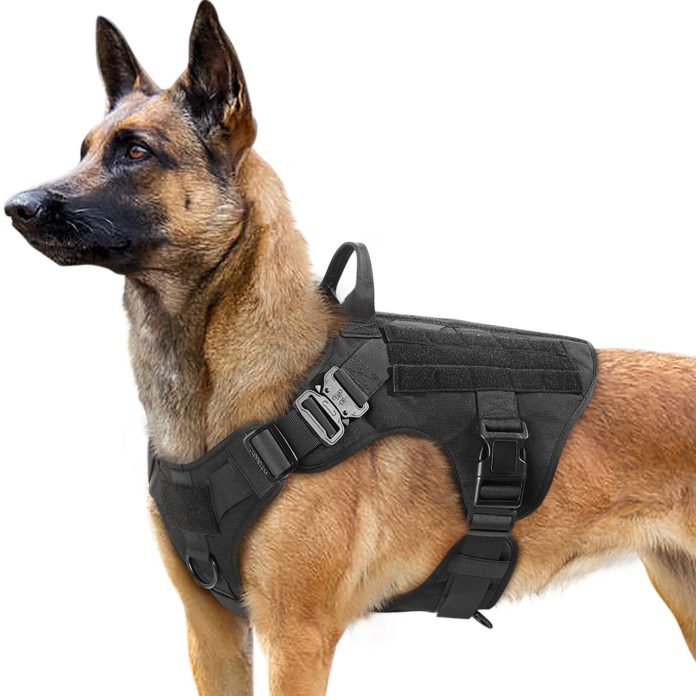

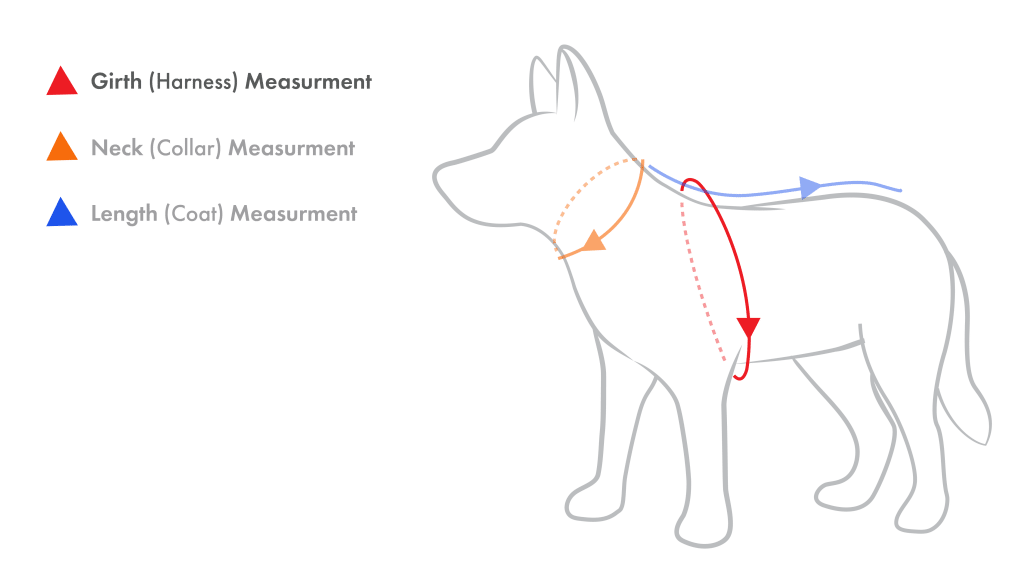
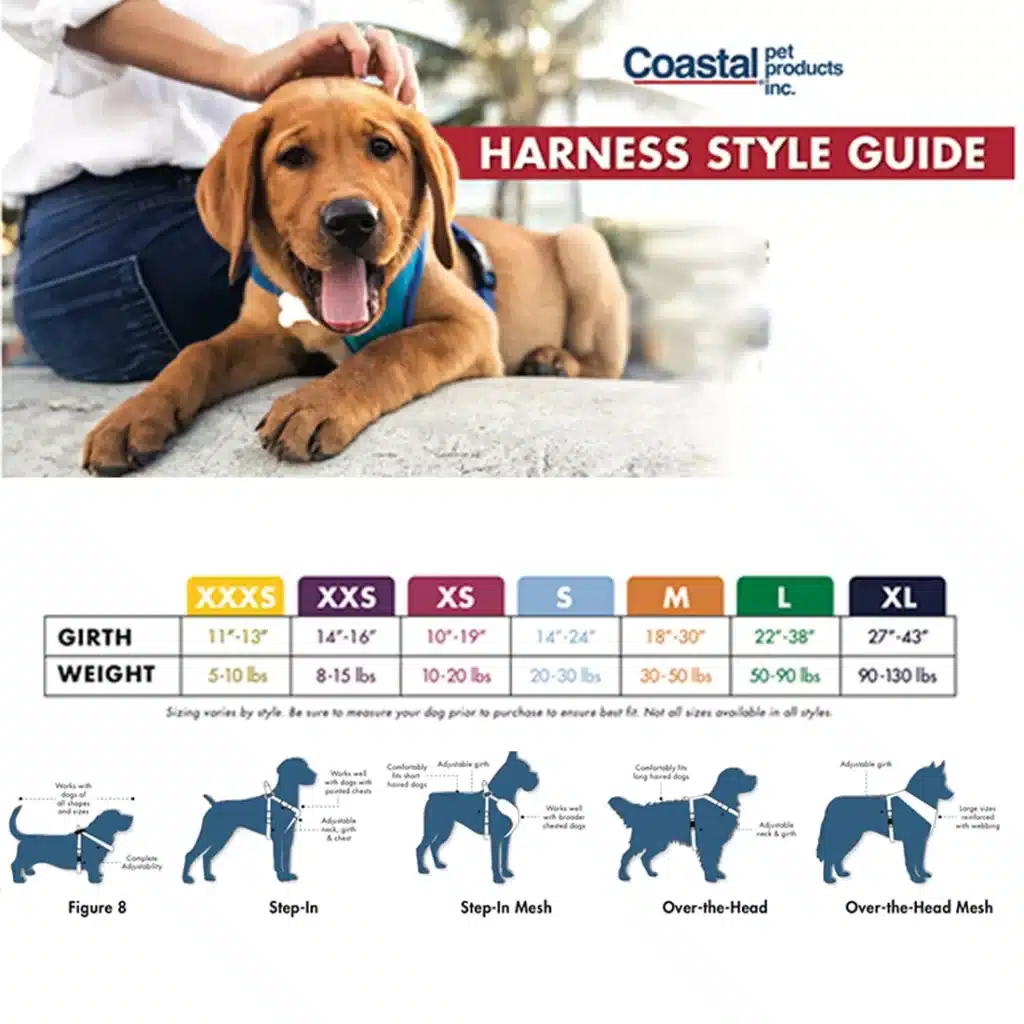
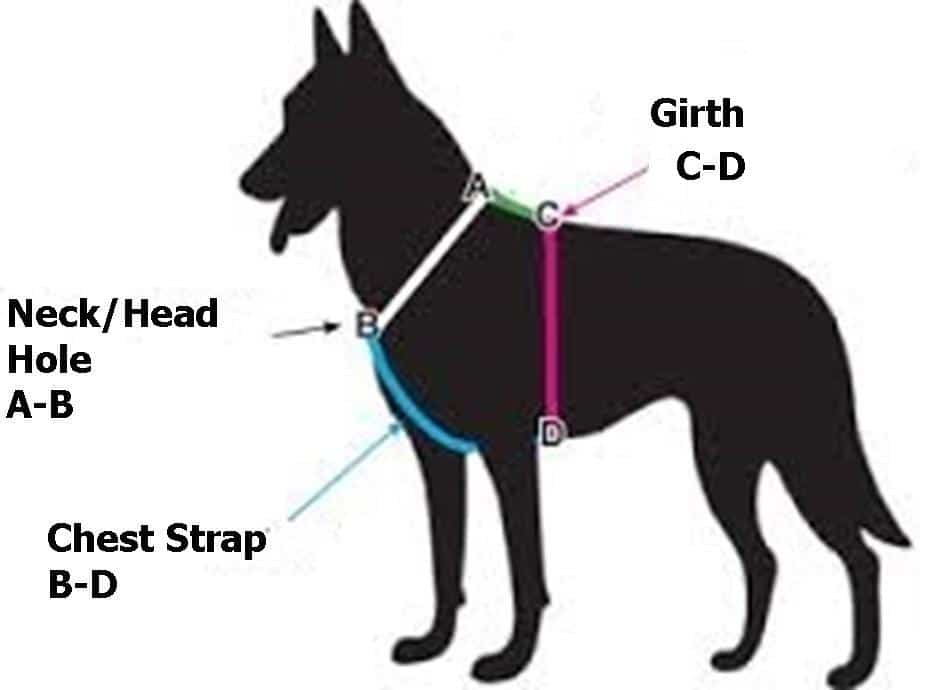
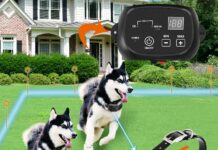
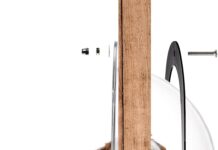
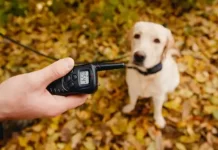
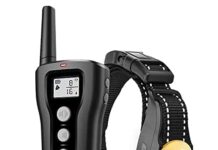
![Petrainer Dog Training Collar [100% Waterproof] Petrainer Dog Training Collar](https://mydogtrainingcollar.com/wp-content/uploads/2019/03/Petrainer-Dog-Training-Collar-218x150.jpg)


